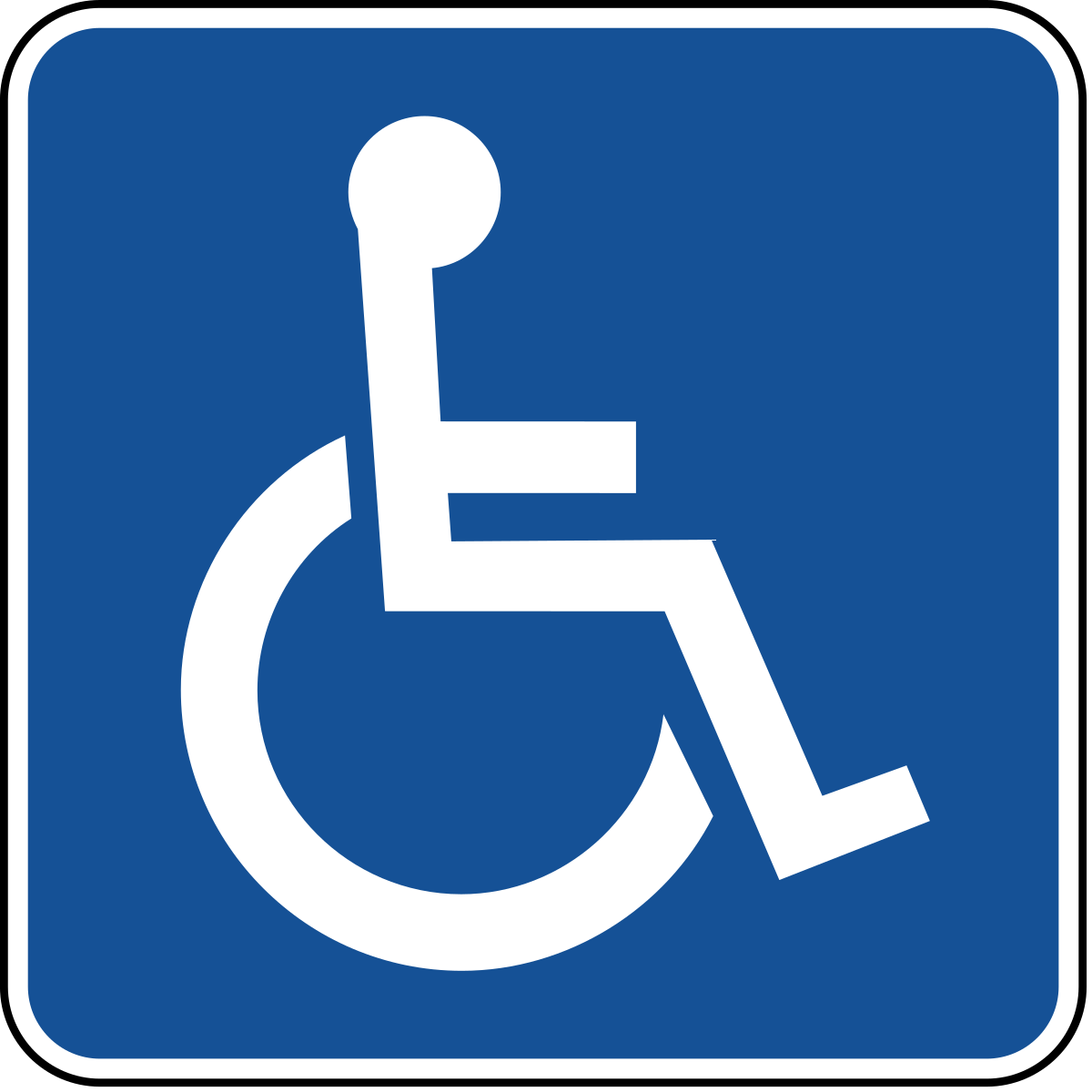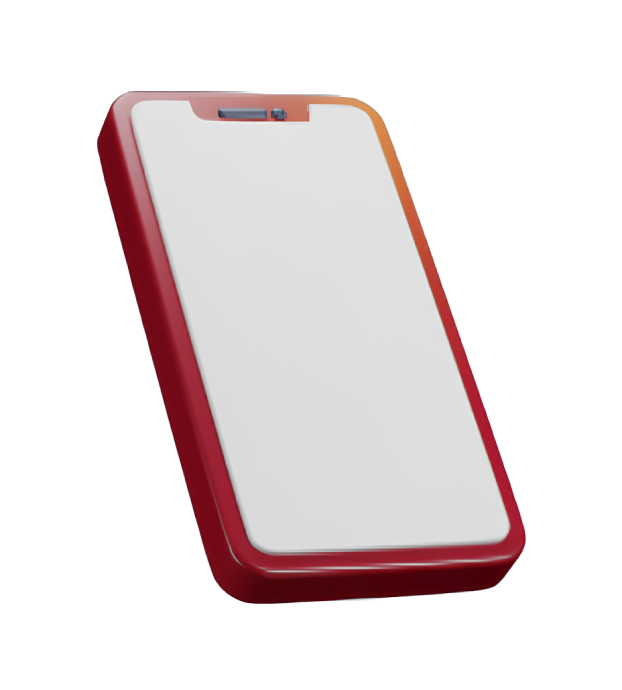ADA 508 Compliance for Municipalities
Everything you ever wanted to know, but were
afraid to ask
As local government representatives, the responsibility to ensure that websites and their content are accessible to all individuals, regardless of their abilities or disabilities, is part of the job. Because local municipal websites are seen as the online version of the town hall, accessibility for local residents is vital.

What does ADA 508 Compliance Services mean?
The Americans Disability Act 508 compliance can be viewed here: https://www.ada.gov/508/
Section 508 of the Rehabilitation Act (29 U.S.C. § 794d) requires that Federal agencies' electronic and information technology is accessible to people with disabilities, including employees and members of the public.
Boiling this down to one word: "Accessibility". A key term nowadays as we learn to include people in multiple ways. We must ensure that local government websites and their content are accessible to all individuals, regardless of their abilities or disabilities.
The municipal website hosts information, guidelines, meeting minutes and agendas as well as decisions that all influence residents and the bigger community.
Types of Disabilities
To address the necessary components for ensuring ADA Section 508 compliance services on a municipal website, four primary pillars are outlined: Visual, Auditory, Mobility, and Cognitive
Limited Visual Abilities
- Blindness (partial and total)
- Color blindness
- Reduced contrast sensitivity
- Reduced color perception
- Near-focus, making it difficult to read web pages
How to include people with limited visual abilities
-
 Enable easy navigation using a screen reader
Enable easy navigation using a screen reader
-
 Ensure adequate color contrast
Ensure adequate color contrast
-
 Use alt-text to make images accessible
Use alt-text to make images accessible
-
 Allow users to increase font size without affecting site layout
Allow users to increase font size without affecting site layout
-
 Clearly describe each linked element for easy identification
Clearly describe each linked element for easy identification
Limited Physical Abilities
- Could include reduced dexterity and fine motor control
- Difficulty using a mouse
- Hard to click on small target areas
Strategies for accommodating individuals with limited physical abilities
-
 Enable keyboard navigation (using the tab and enter keys)
Enable keyboard navigation (using the tab and enter keys)
-
 Ensure mouse/trackpad navigation is possible
Ensure mouse/trackpad navigation is possible
-
 Use large buttons with ample clickable areas
Use large buttons with ample clickable areas
-
 Provide adequate spacing between different clickable elements
Provide adequate spacing between different clickable elements
Limited Cognitive Ability
- Reduced short-term memory
- Difficulty concentrating
- Easily distracted
- Difficulty following navigation and complete online tasks
How to include people with limited cognitive ability
-
 Use a simple layout
Use a simple layout
-
 Ensure a linear flow instead of jumping around
Ensure a linear flow instead of jumping around
-
 Utilize left-justified text to aid those with dyslexia
Utilize left-justified text to aid those with dyslexia
-
 Avoid lengthy and complex forms; break them into easy-to-follow steps
Avoid lengthy and complex forms; break them into easy-to-follow steps
History of the International Symbol of
Access (ISA)
History of the International Symbol of
Access (ISA)

Certainly, you may recognize the ISA wheelchair logo—a white wheelchair symbol with a circle representing the head, set against a blue background. The logo's original design was crafted by Danish design student Susanne Koefoed in 1968, as noted on the Wikipedia page.
The aim of this design was to signify enhanced access to various areas, specifically for wheelchair users. Nonetheless, it's important to note that individuals with disabilities are not solely those with physical impairments.
According to statistics provided by a group of creatives in London known as Visibility93, 93-95% of people with disabilities have non-visual impairments.
When an individual mentions their disability to a staff member at the municipality, a welcoming and appropriate way to respond would be to ask “How can I help you?”

Mobile Software that People with
Visual Disabilities Use
Mobile Software that People with
Visual Disabilities Use

At Town Web, we are collaborating with various real-world users of municipal websites who are well-equipped to provide us with valuable feedback. One individual pointed out that a significant number of blind users access websites through mobile devices and utilize the built-in screen reader integrated into their operating system. For instance, iOS devices use VoiceOver as their screen reader, while Android devices use TalkBalk.
Here is how to enable VoiceOver on iOS:
https://support.apple.com/en-us/HT204390.
Here is how to enable TalkBack on Android devices:
https://support.google.com/accessibility/
android/answer/6283677?hl=en.


Free Tools for Contrast Measurement
Here is a free online tool that can be used for checking contrast of image and of foreground/background combinations
ContrastCheckerURL:
https://contrastchecker.com/
You can manually add the hex codes values for a foreground and background colors It will show you whether or not it complies with the various WCAG 2.0 criterion, (see image below) results showing that there is not enough contrast to meet WCAG 2.0 criterion
You can also upload images and it will display a grayscale version